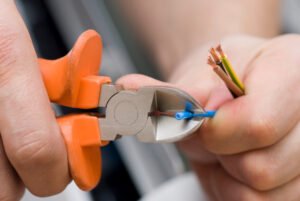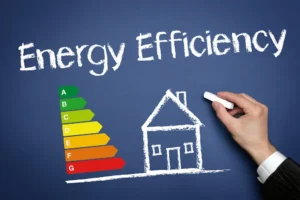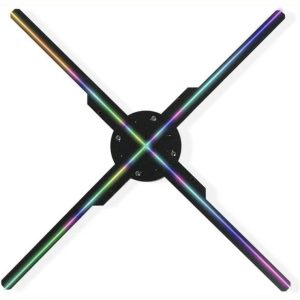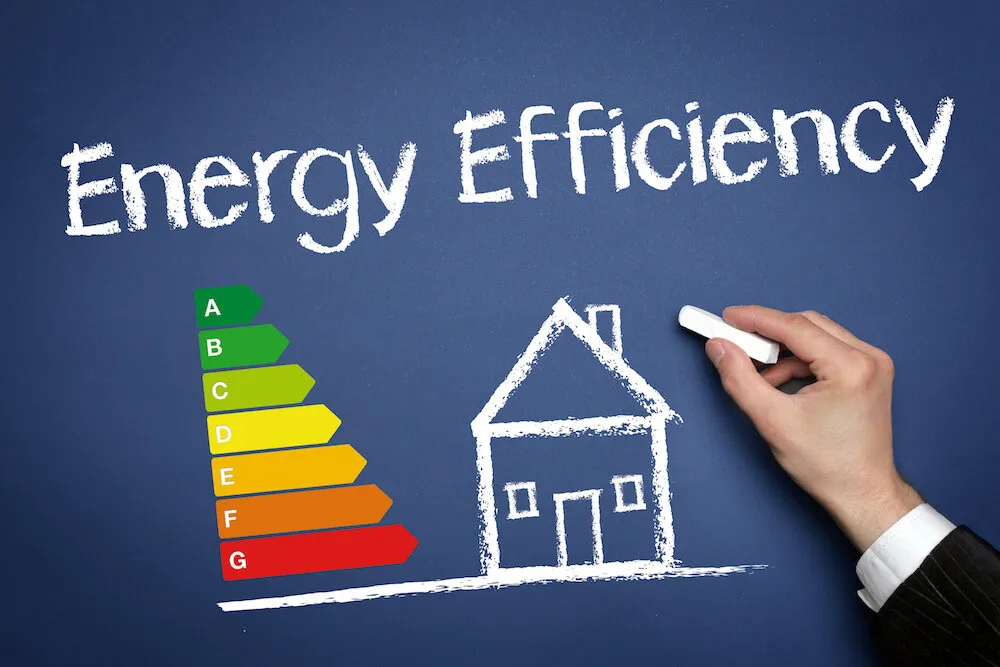
Insulation is one of the most effective ways to enhance a home’s energy efficiency, reduce heating and cooling costs, and create a more comfortable indoor environment. Without proper insulation, heat escapes in the winter and enters in the summer, leading to higher energy consumption and increased utility bills. In this guide, we’ll explore how insulation works, the benefits it provides, and how you can maximize your home’s energy efficiency with the right insulation.
1. Understanding How Insulation Works
Insulation acts as a thermal barrier, slowing the transfer of heat between your home and the outside environment. It works based on three key heat transfer mechanisms:
- Conduction: Heat moves through solid materials (e.g., walls, ceilings, and floors). Insulation slows down this process.
- Convection: Heat circulates through the air. Proper insulation prevents heat loss through air gaps and drafts.
- Radiation: Heat travels in waves (e.g., sunlight warming a room). Reflective insulation helps block radiant heat.
By controlling these heat transfer methods, insulation keeps indoor temperatures stable, reducing the need for excessive heating or cooling.
2. The Role of Insulation in Energy Efficiency
A. Reduces Heating and Cooling Costs
Heating and cooling systems account for nearly 50% of energy use in most homes. Proper insulation significantly reduces energy loss, allowing your HVAC system to work more efficiently. This means:
- Less energy is required to maintain indoor temperatures.
- Lower utility bills throughout the year.
- Reduced strain on heating and cooling systems, extending their lifespan.
B. Improves Indoor Comfort
A well-insulated home maintains consistent temperatures in all seasons. Without insulation, you may experience:
- Cold drafts in winter due to heat escaping.
- Hot spots in summer where heat penetrates walls and ceilings.
By eliminating these issues, insulation enhances indoor comfort and makes living spaces more enjoyable.
C. Minimizes Energy Waste
Poor insulation allows conditioned air to escape, leading to wasted energy. Investing in high-quality insulation prevents air leakage and keeps your home energy-efficient year-round.
3. Best Insulation Types for Energy Efficiency
Not all insulation materials are created equal. The best choice depends on your home’s needs, climate, and budget.
A. Spray Foam Insulation
✅ Best for: Walls, attics, and basements
✅ Energy Efficiency Benefits:
- High R-value (R-6.5 to R-7 per inch).
- Expands to fill gaps, sealing air leaks.
- Provides moisture resistance and durability.
B. Fiberglass Insulation
✅ Best for: Attics, walls, and floors
✅ Energy Efficiency Benefits:
- Cost-effective and widely available.
- Reduces heat loss through walls and ceilings.
- Fire-resistant and long-lasting.
C. Cellulose Insulation
✅ Best for: Attics and wall cavities
✅ Energy Efficiency Benefits:
- Made from recycled materials (eco-friendly).
- Good air-sealing properties.
- Reduces sound transmission.
D. Rigid Foam Board Insulation
✅ Best for: Basements, exterior walls, and roofs
✅ Energy Efficiency Benefits:
- High insulation value per inch.
- Provides strong moisture and air resistance.
- Works well in extreme temperatures.
4. Where to Insulate for Maximum Energy Savings
A. Attic Insulation
Heat rises, making attics one of the most important areas to insulate. Proper attic insulation can reduce energy loss by up to 25%.
B. Wall Insulation
Insulating exterior walls prevents heat from escaping in the winter and keeps cool air inside during the summer.
C. Basement & Crawl Space Insulation
Without insulation, basements can become cold and damp. Insulating crawl spaces and basement walls improves energy efficiency and indoor air quality.
D. Floor & Ceiling Insulation
Insulating floors above unheated spaces (like garages) prevents cold drafts and improves overall home comfort.
E. Air Duct Insulation
Leaky or poorly insulated ducts waste energy by allowing heated or cooled air to escape. Insulating ducts ensures more efficient airflow and reduces energy loss.
Need insulation for your home? Century Insulation provides professional services to optimize energy savings.
5. Additional Benefits of Home Insulation
A. Reduces Carbon Footprint
By lowering energy consumption, insulation helps reduce greenhouse gas emissions, making your home more environmentally friendly.
B. Enhances Noise Reduction
Certain types of insulation (like cellulose and fiberglass) act as sound barriers, reducing noise pollution between rooms and from outside.
C. Prevents Mold and Moisture Issues
Proper insulation minimizes condensation, reducing the risk of mold growth and structural damage.
D. Increases Property Value
An energy-efficient home with high-quality insulation is more attractive to buyers and can increase resale value.
6. DIY vs. Professional Insulation Installation
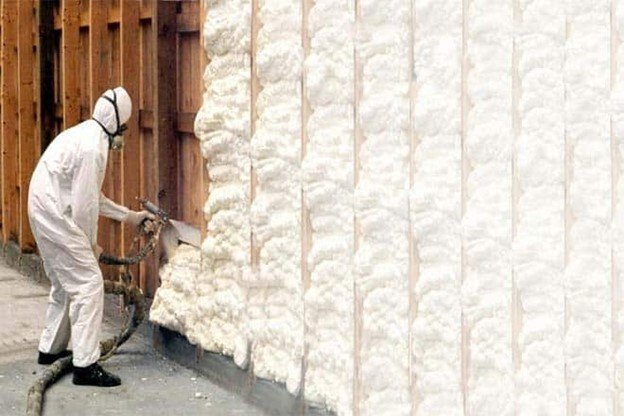
DIY Insulation
✔ Suitable for small projects (e.g., adding attic insulation).
✔ Lower initial costs.
❌ Risk of improper installation, leading to energy loss.
❌ May lack professional-grade sealing and efficiency.
Professional Insulation Installation
✅ Ensures proper coverage and air sealing.
✅ Maximizes energy efficiency and savings.
✅ Qualifies for energy rebates and warranties.
Final Thoughts
Thoughts Insulation is a cost-effective way to improve energy efficiency, lower utility bills, and create a more comfortable home.
Whether you need attic insulation, spray foam insulation minneapolis, or wall insulation, choosing the right material and ensuring proper installation can significantly impact your home’s energy performance.
If you want to maximize energy savings, contact Century Insulation for professional insulation services. Let’s make your home energy-efficient and comfortable year-round! 🚀


